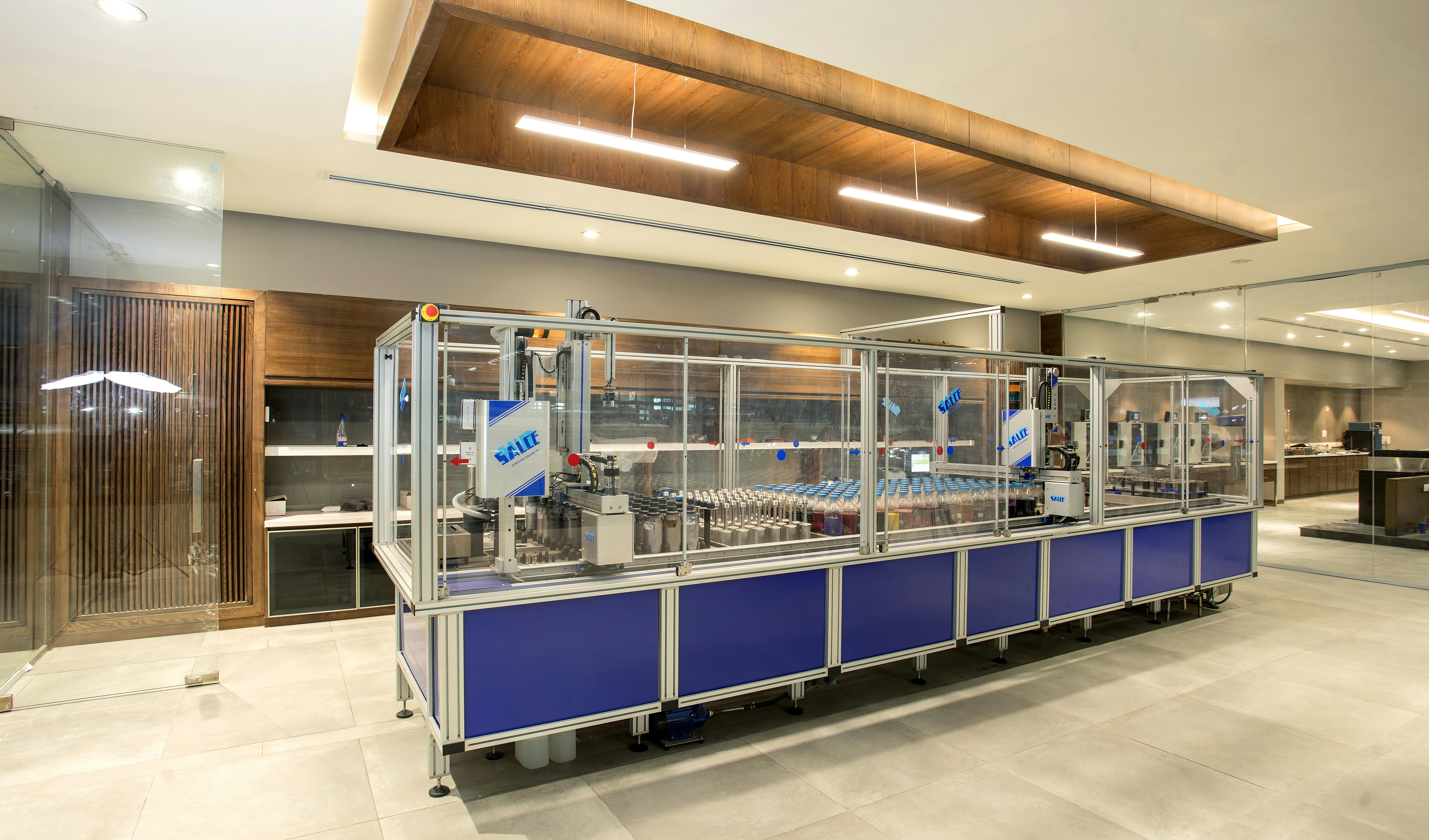Reducing Operational Costs via Industrial Engineering: 7 Proven Strategies
In today’s competitive landscape, businesses constantly seek innovative ways to enhance efficiency and profitability. A pivotal approach to achieving this lies in Reducing Operational Costs via IE (Industrial Engineering). Industrial engineering is a systematic discipline focused on optimizing complex processes, systems, or organizations. It doesn’t just cut costs; it creates sustainable value by improving productivity, quality, and resource utilization. This article delves into how industrial engineering principles can be leveraged to significantly trim your operational expenditures and foster long-term financial health.
Table of Contents
- The Essence of Industrial Engineering in Cost Reduction
- Practical Strategies for Reducing Operational Costs via IE
- Measuring Success and Sustaining Gains
- The Future of Cost Optimization with IE
The Essence of Industrial Engineering in Cost Reduction
Industrial engineering provides a robust framework for identifying and eliminating waste, streamlining operations, and maximizing output with existing resources. It involves a deep dive into every facet of a business, from manufacturing lines to service delivery, to uncover hidden inefficiencies that inflate operational costs.
Identifying Waste and Inefficiencies
The first step in any IE-driven cost reduction initiative is a thorough analysis of current processes. This includes value stream mapping, time and motion studies, and bottleneck analysis. By visualizing the flow of materials and information, industrial engineers can pinpoint non-value-added activities, unnecessary movements, excessive inventory, and defects that contribute to inflated costs.
Optimizing Processes and Workflows
Once inefficiencies are identified, IE applies scientific methods to redesign processes. This could involve re-laying out production floors, standardizing work procedures, implementing lean principles, or optimizing scheduling. The goal is to create smoother, more efficient workflows that require less time, fewer resources, and generate higher quality outputs, directly leading to lower operational costs.
Practical Strategies for Reducing Operational Costs via IE
Here are several actionable strategies rooted in industrial engineering that can dramatically impact your bottom line.
1. Lean Principles Implementation
Lean manufacturing, a cornerstone of industrial engineering, focuses on eliminating waste (Muda) in all forms. By adopting principles like Just-In-Time (JIT) inventory, Kaizen (continuous improvement), and 5S methodology, companies can reduce excess inventory, minimize rework, and optimize production flow. For a deeper dive into these concepts, consider exploring the benefits of lean manufacturing.
2. Automation and Technology Integration
Strategic automation of repetitive or labor-intensive tasks can significantly cut operational costs. Industrial engineers assess where robotics, AI, and advanced software can be integrated to improve speed, accuracy, and consistency, thereby reducing human error and labor expenses.
3. Supply Chain Optimization
IE extends beyond internal processes to the entire supply chain. By optimizing logistics, warehousing, and supplier relationships, companies can reduce transportation costs, minimize stockouts, and improve overall supply chain responsiveness. This often involves demand forecasting, network design, and inventory management techniques.
4. Energy Efficiency Improvements
Energy consumption is a major operational cost for many industries. Industrial engineers can conduct energy audits, recommend energy-saving technologies, and optimize equipment usage schedules to significantly reduce utility bills. This also aligns with sustainability goals.
5. Employee Training and Engagement
A well-trained and engaged workforce is crucial for efficiency. IE promotes methodologies like standard operating procedures (SOPs) and cross-training to improve worker productivity and reduce errors, contributing to direct cost savings in labor and rework.
6. Preventative Maintenance Programs
Implementing a robust preventative maintenance schedule for machinery and equipment, guided by IE principles, can prevent costly breakdowns, extend asset lifespan, and reduce emergency repair expenses. This proactive approach minimizes downtime and maintains consistent production.
7. Quality Control and Defect Reduction
Poor quality leads to scrap, rework, and warranty claims—all significant operational costs. Industrial engineering employs statistical process control (SPC) and quality management systems (QMS) to identify and address the root causes of defects, ensuring higher quality outputs and fewer downstream expenses.
Measuring Success and Sustaining Gains
To ensure that efforts in reducing operational costs via IE are successful and sustainable, continuous monitoring and evaluation are essential. Key Performance Indicators (KPIs) provide measurable benchmarks for progress.
Key Performance Indicators for Cost Reduction
Measuring the impact of industrial engineering initiatives is crucial. Here’s a table of common KPIs:
| KPI | Description | Impact on Costs |
|---|---|---|
| Labor Productivity | Output per employee hour | Lower direct labor costs |
| Throughput Rate | Number of units processed per hour | Reduced unit cost, improved capacity utilization |
| Inventory Turnover | Frequency of inventory replacement | Lower carrying costs |
| Defect Rate | Percentage of defective products | Reduced rework, scrap, warranty costs |
| Energy Consumption | Total energy used per unit of production | Lower utility bills |
| Cycle Time | Time taken to complete a process | Faster delivery, lower overhead per unit |
Regular review of these KPIs, coupled with continuous improvement cycles (e.g., PDCA – Plan-Do-Check-Act), ensures that the cost savings are not just a one-time event but a continuous journey of optimization.
The Future of Cost Optimization with IE
As industries evolve, the role of industrial engineering in cost reduction becomes even more critical. The integration of advanced analytics, machine learning, and Industry 4.0 technologies offers unprecedented opportunities for precise optimization and predictive cost management. Embracing these trends can further amplify the benefits of IE. For more insights into industrial trends, you might visit resources like IISE.org.
By systematically applying industrial engineering principles, companies can achieve significant and lasting reductions in operational costs, leading to enhanced competitiveness and a stronger financial position.


